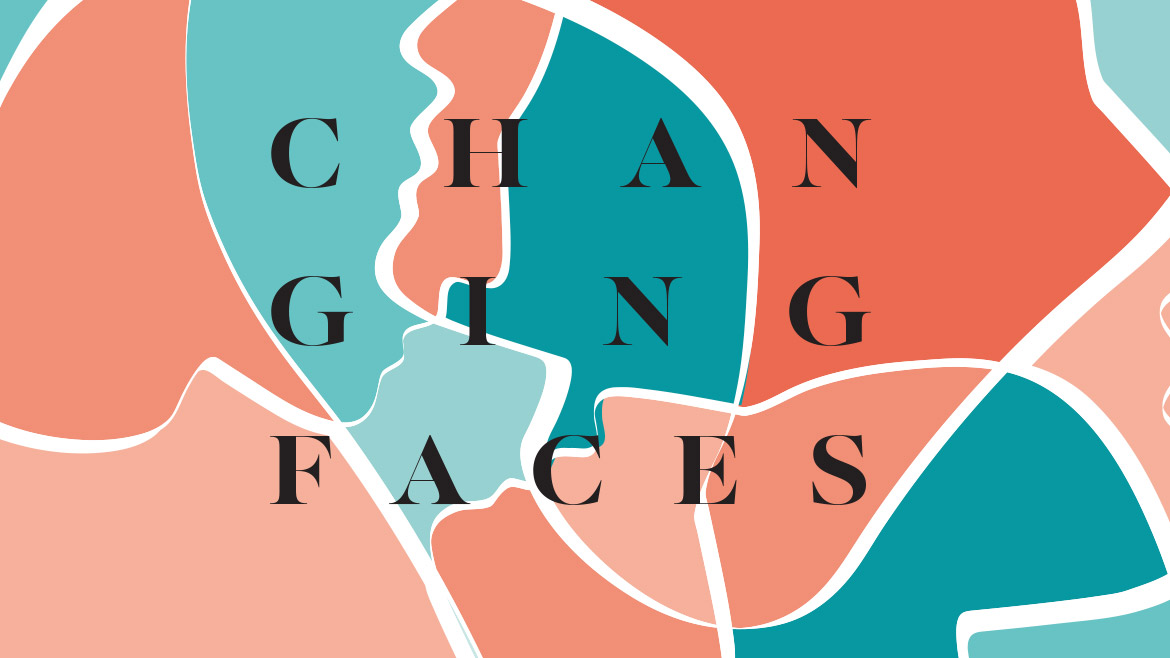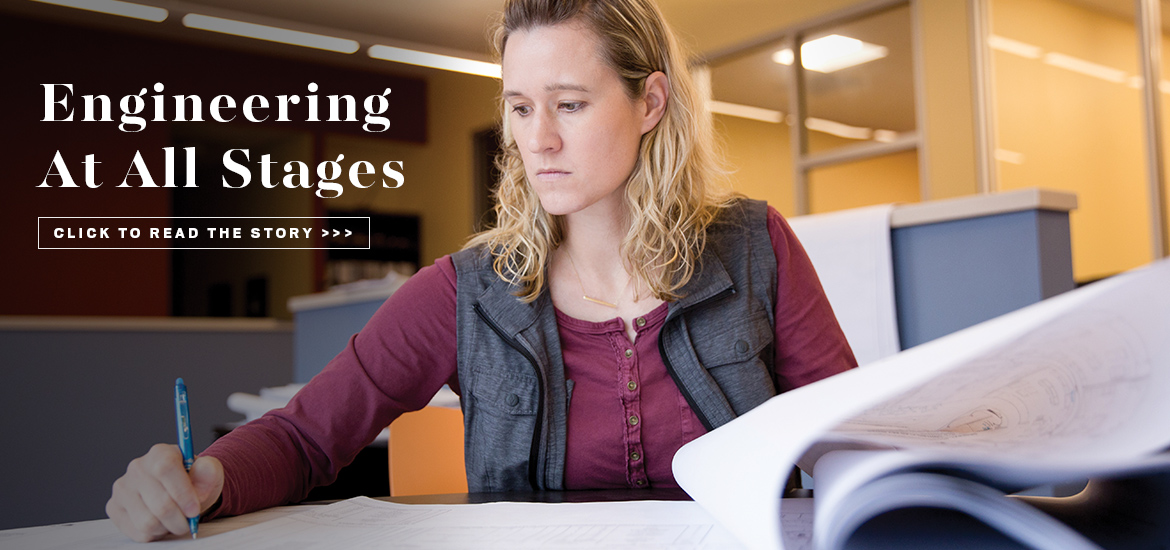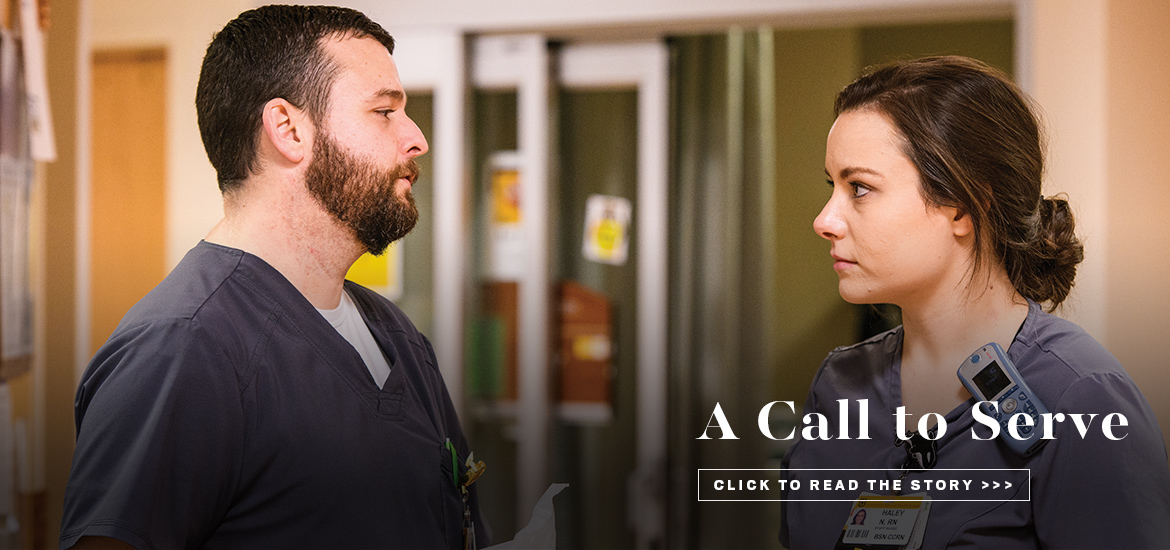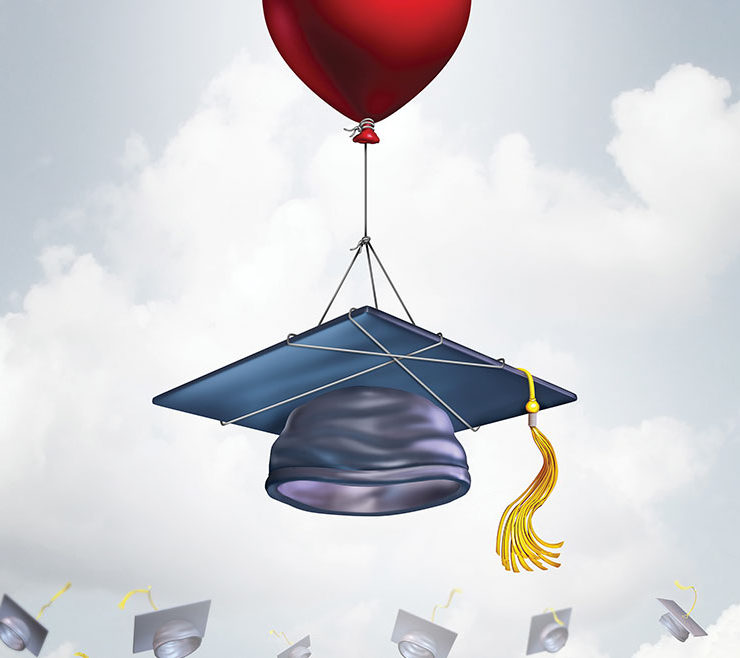Changing Faces

Gender representation across industries is shifting — slowly.
Close your eyes and imagine a social worker. A mechanic. A real estate agent.
Chances are you envisioned a person with specific attire and equipment in a specific work environment. You probably also envisioned each as a specific gender.
You’re not alone. The world has established certain stereotypes when it comes to work in certain industries. Nurses are women. Computer programmers are men. So on and so forth.
But many factors are changing the gender dynamics at work, from new industries, changing technology, and even different recruitment practices. The stereotypes are breaking down — albeit slowly.
Which industries are still gender dominated?
The male–female ratio of workers has stayed relatively the same for the last two decades. According to the U.S. Department of Labor, women have represented 46 to 47 percent of the civilian labor force since 2000. In 1990, it was 45.2 percent. It was 42.5 percent in 1980, and 38.1 percent in 1970.
Many of the stereotypical women-dominated industries are still dominated by women. According to 2016 data from the Department of Labor and the U.S. Census Bureau, 87.9 percent of nurses are women, making nursing one of the most women-dominated industries. That said, women’s annual earnings as nurses averaged $64,413 while men’s averaged $70,952.
“We’re seeing more men go into health care,” says Joan Hermsen, associate professor of sociology at MU. “There’s job availability, more potential job security. I think we’ve seen that shift happening in nursing for a while, so that’s a pretty important shift underway. We see men thinking more about these high-touch kinds of jobs and industries that require interaction with patients.”
Representation of men is lowest in preschool and kindergarten teachers — only 2 percent. According to the data, men working in this field earn on average $29,000 while women average $25,021.
“We can think of K-12 education, for example, as a place where it’s still predominately female, particularly at the elementary levels and certainly in childhood education,” Hermsen says.
Childcare workers are 94 percent female; dental assistants are 92 percent; medical assistants are 91 percent; receptionists and health information technicians are 90 percent; dietitians and nutritionists are 89 percent.
Then billing and posting clerks, hairdressers, cosmetologists, nurse practitioners, payroll and timekeeping clerks, bookkeepers, licensed practical and vocation nurses, tellers, paralegals and legal assistants, health aides, special education teachers, and phlebotomists are all roles in which more than 85 percent of the workplace is female.
On the flip side, there are still many occupations with nearly all-male representation. Women are underrepresented in industries like transportation, IT, energy, and infrastructure.
Auto technicians and mechanics are 99 percent male; pipe layers and plumbers are 98 percent, as are carpenters, electricians, and operating engineers. Construction laborers, maintenance and repair workers, first-line supervisors of construction trades, and industrial and refractory machinery mechanics all have 97 percent male workers.
“I think a lot of the energy industry is still heavily male-dominated, when we think about things like mining and even wind energy, in part because of the engineering behind it, which is still heavily male,” Hermsen says, “but also just the field work that it requires for a lot of those jobs.”
Only two industries are 50/50, according to the Department of Labor: postal service clerks and operations research analysts. (It’s worth noting women postal service clerks earn only 95 percent of what male postal clerks do.)
Once considered a more male-dominated industry, accountants and auditors are now 60 percent women. Insurance underwriters are 62 percent women, medical scientists are 53 percent women, and 54 percent of probation officers and correctional treatment specialists are women.
Many industries that were women-dominated are also shifting. Real estate brokers and sales agents are now only 51.7 percent women, and 47 percent of postsecondary teachers are women.
“Female-dominated occupations have been found to pay less than male-dominated occupations with the same skill levels, and women have relatively low shares of employment in high-paying jobs such as those in transportation, construction, and science, technology, engineering, and math (STEM) fields,” according to research from the Department of Labor Women’s Bureau.
Reasons for gender parity
Studies are pointing to many reasons for businesses to pursue more equal representation of genders in the workplace.
According to Industry Gender Gap, a study on women and work published by the World Economic Forum, 37 percent of companies in the IT sector considered an increase in women in the workforce as an opportunity to expand the talent pool.
Two in five respondents in the financial services and investing industry said reflecting the customer base was a main reason for promoting equal gender representation in the workplace.
Outdoor recreation companies are one group taking a hard look at diversity in the workplace, Hermsen says.
“[Businesses realize] they need to be more diverse in everything from who’s working in the production plants making outdoor equipment to who’s designing marketing campaigns,” she says. “If they, in fact, want to have a more diverse group of people using their products or taking advantage of tours or going to these outdoor recreation spaces, they have to be more thoughtful about who’s in the pipeline of doing the work in their industry at all levels.”
“I think there’s some awareness by organizations that diversity might be good for them and that means not just hiring men and not just hiring women for particular kinds of jobs, but trying to be broader in their appeal,” she says.
According to Industry Gender Gap, there is expected to be a 7 to 9 percent increase in the share of women in mid-level roles by 2020 and an 8 to 13 percent increase in women in senior roles.
“This suggests an expectation that the workforce strategies employed to promote gender parity will be successful in retaining and promoting the majority of incoming female talent, against past experience,” the study indicated.
The road is not always simple for people entering an industry dominated by the opposite gender. They face stereotyping, overcoming an “outsider” status, lack of access to mentors, sexual harassment, and isolation.
Forty-four percent of respondents to the Industry Gender Gap study said unconscious bias among managers and lack of work-life balance were significant barriers to gender parity. Other significant barriers included lack of role models and lack of qualified, incoming talent.
High potential for growth in women-dominated industries
The U.S. Department of Labor compiled data for 29 in-demand, higher-paying occupations with a high projected growth rate.
Of the occupations with a projected growth rate of more than 30 percent from 2010 to 2020, many of them were female-dominated industries, like dental hygienists (98 percent women); health care social workers (81 percent); meeting, convention, and event planners (77 percent); and occupational therapists (92 percent).
There were also plenty of industries that topped a projected growth of more than 30 percent with almost no women employed, like brick masons and block masons (a whopping 0 percent), cement masons and concrete finishers (1 percent), and HVAC mechanics and installers (1 percent).
Of the 29 industries listed, 16 had 50 percent or higher employment of women, including the four jobs with the most growth potential (physical therapist assistants; meeting, convention, and event planners; interpreters and translators; and market research analysts and marketing specialists).
According to the Institute for Women’s Policy Research, there’s potential in male-dominated industries for women to close the gap. By 2024, employers will need to fill 2 million “middle-skill” jobs in the fields of advanced manufacturing, information technology, transportation, distribution, and logistics.
Still, the Industry Gender Gap study found that gender parity in industries is about 200 years away.
A LinkedIn study has indicated there is significant growth of female representation in many specific roles. In the past 40 years, test development engineers have increased female representation by 243 percent, automotive salespersons by 154 percent, technical sales professionals by 133 percent, architects by 127 percent, and physicists by 116 percent.
By industry, the LinkedIn study indicated public safety had seen a 118 percent increase; construction a 77 percent increase; consumer goods a 71 percent increase; design a 70 percent increase; and agriculture a 67 percent increase.
“This shows progress is happening, but it’s happening slowly,” the study concluded. “In the last several decades there has been a nearly 25 percent increase in female representation overall in the software and IT industry — despite slow growth in developer roles — and nearly 30 percent change in hardware and networking. We’re also seeing a rise in women being hired into traditionally male-dominated industries, such as construction and agriculture, albeit still holding traditionally female-dominated roles in functions like marketing and HR.”
As for leadership in industries, software and IT services has had a 27 percent increase in hiring of female leaders; manufacturing had 26 percent, entertainment had 24, hardware and networking had 23, and public safety had 21 percent.
Even in traditionally women-dominated industries, like hospitality, women make up only 25.5 percent of senior-level managers, according to the Women in Hospitality, Travel and Leisure 2020 report.
And what’s the biggest indicator of future job representation? “People are going to look for jobs that pay decent,” Hermsen says. And the research shows that when women specifically leave for a different industry, they’re leaving for money.
“Likely the same is true for men,” Hermsen says. “They’re looking for jobs that pay well and that are stable, provide some sense that job will be available in the future.”
As Missouri talks about expanding alternative energy jobs, Hermsen says it’s important to keep in mind the value of diversifying an emerging industry.
“So called ‘green jobs’ — are they jobs that women are going to be included in?” she says. “I think that’s an important thing for us to be tracking in the future if that’s where new investments are going to be happening broadly in our economy.”









